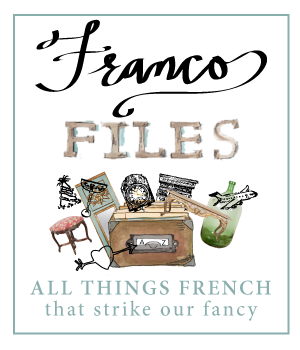
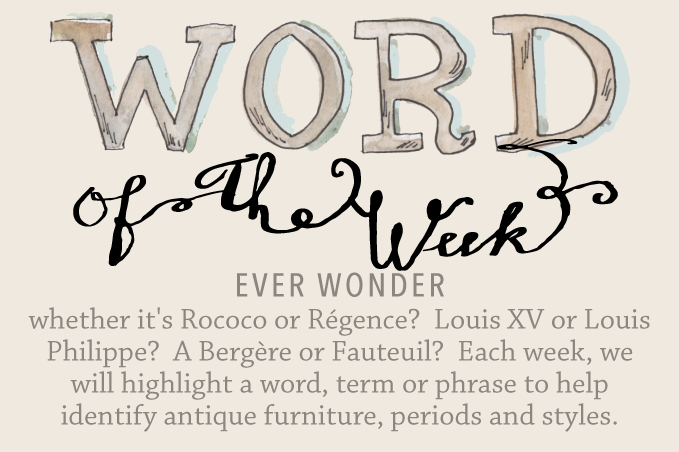
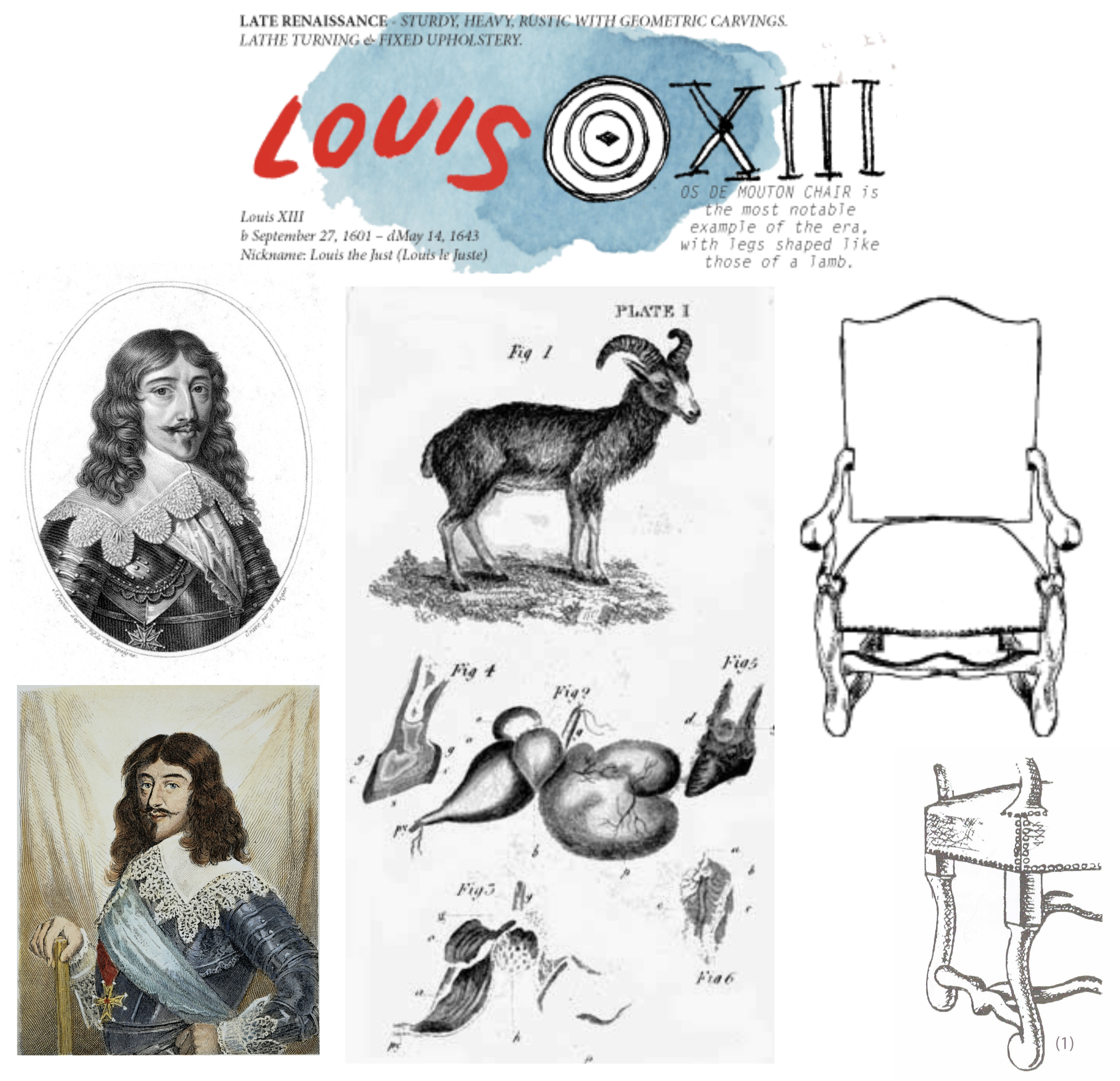
From sheep bone to stylish seating — an 18th-century anatomical illustration showing the inspiration behind the distinctive “sheep bone” curve that gives French Louis XIII style Os de Mouton chairs their name.
Timeless Appeal
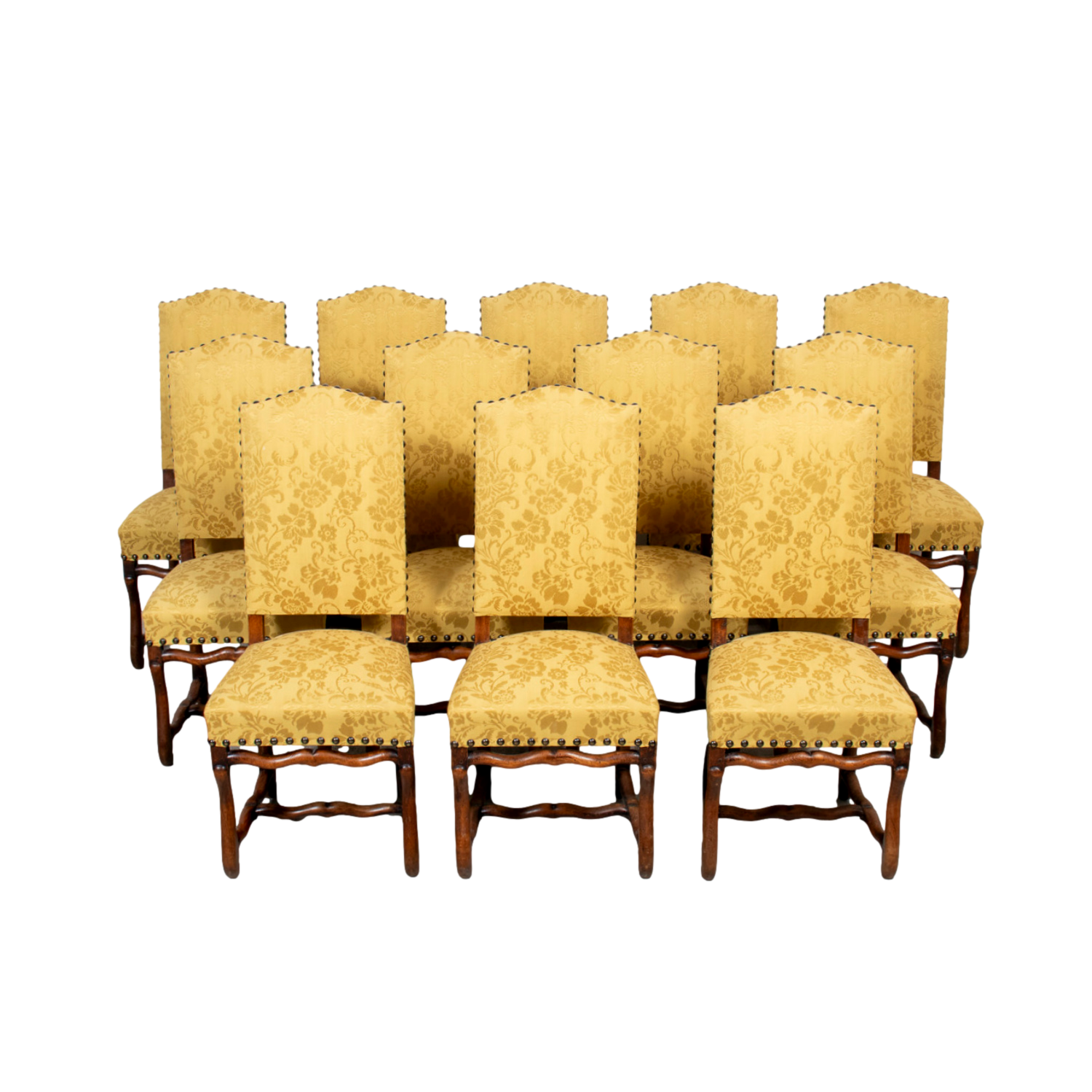
Spotting the Style
Fit for Kings (and Dining Rooms)
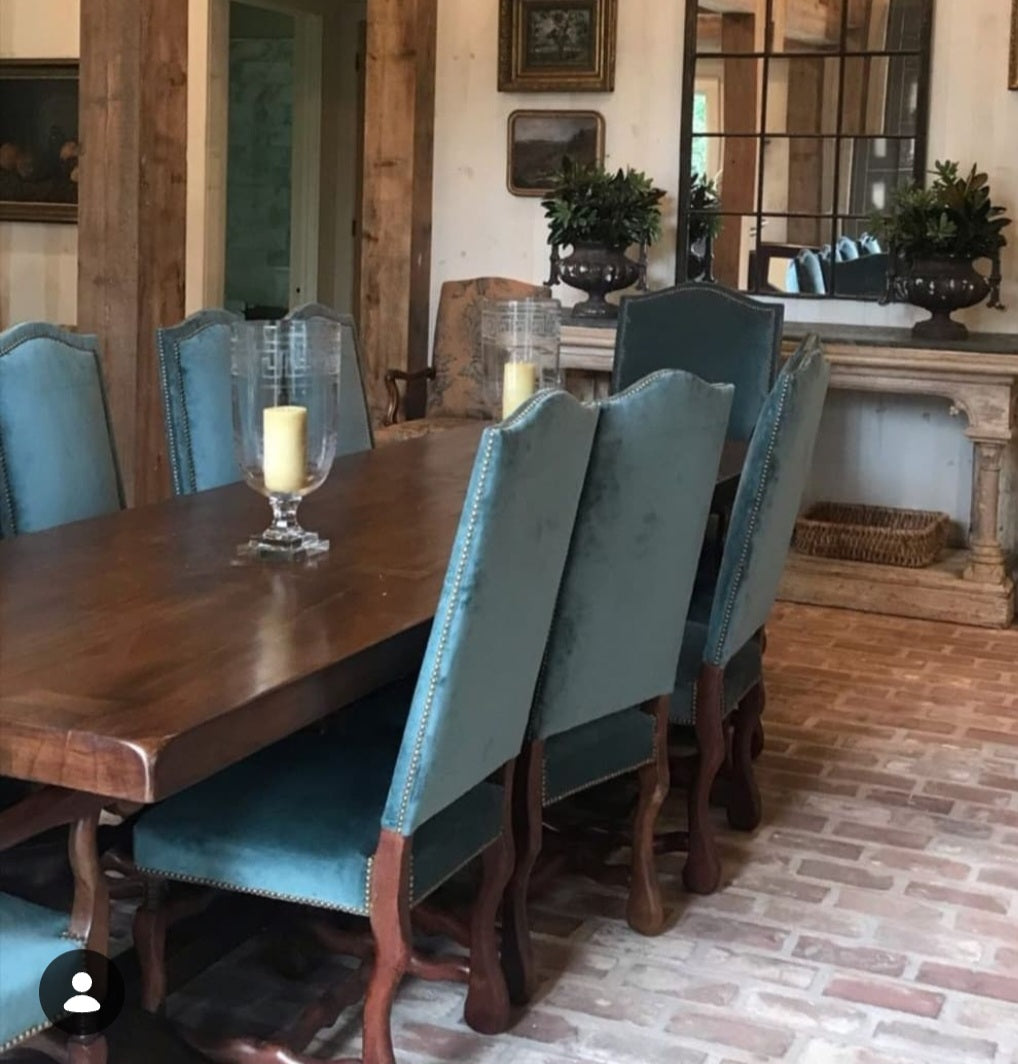
New Orleans designer @melissarufty showcases a "flock" of os de mouton dining chairs around a beautiful 19th Century French trestle dining table.
Every Chair a Throne

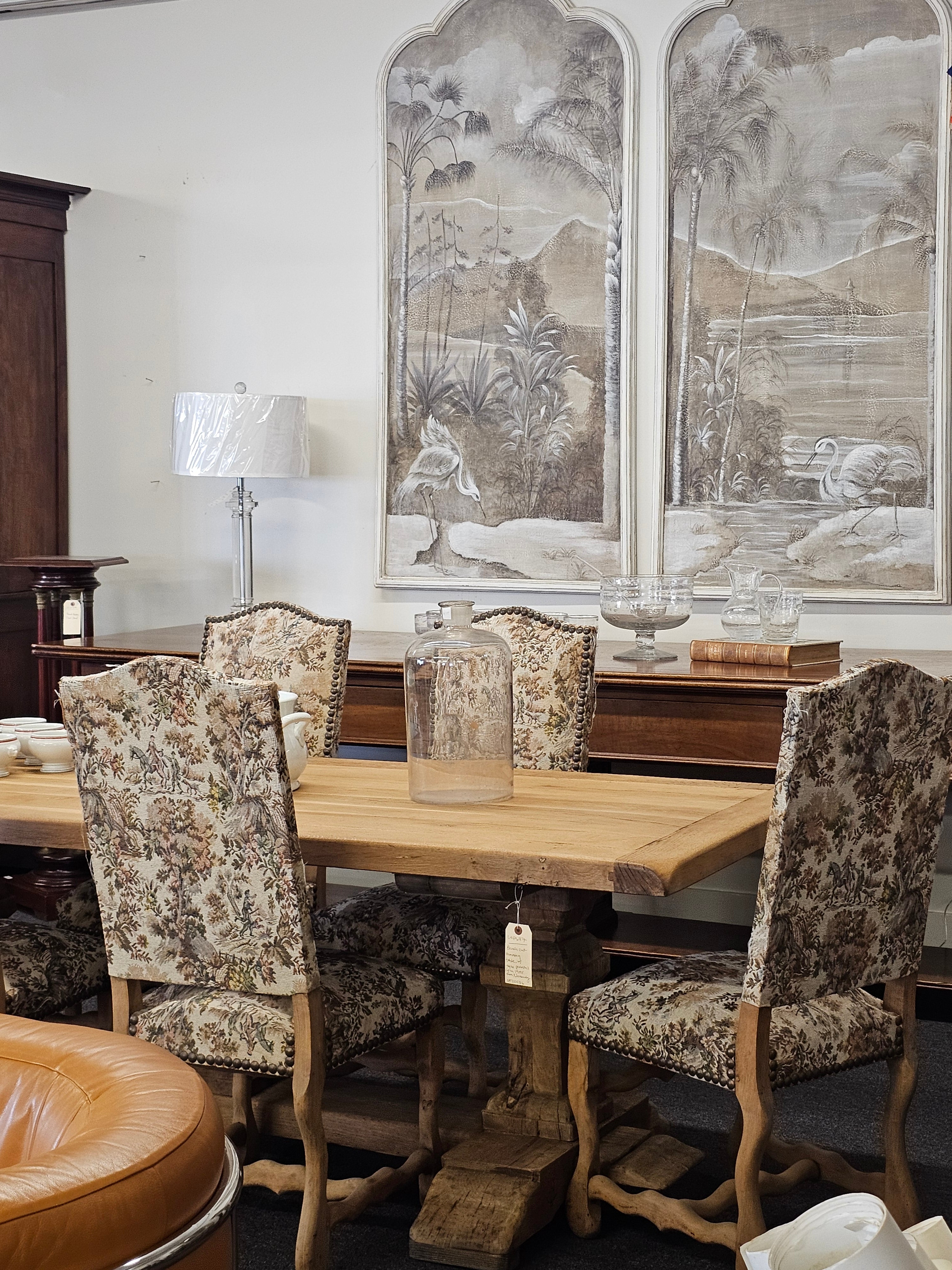
Pastoral elegance at its best — set of six bleached oak Louis XIII style os de mouton dining chairs with floral tapestry backs and seats .
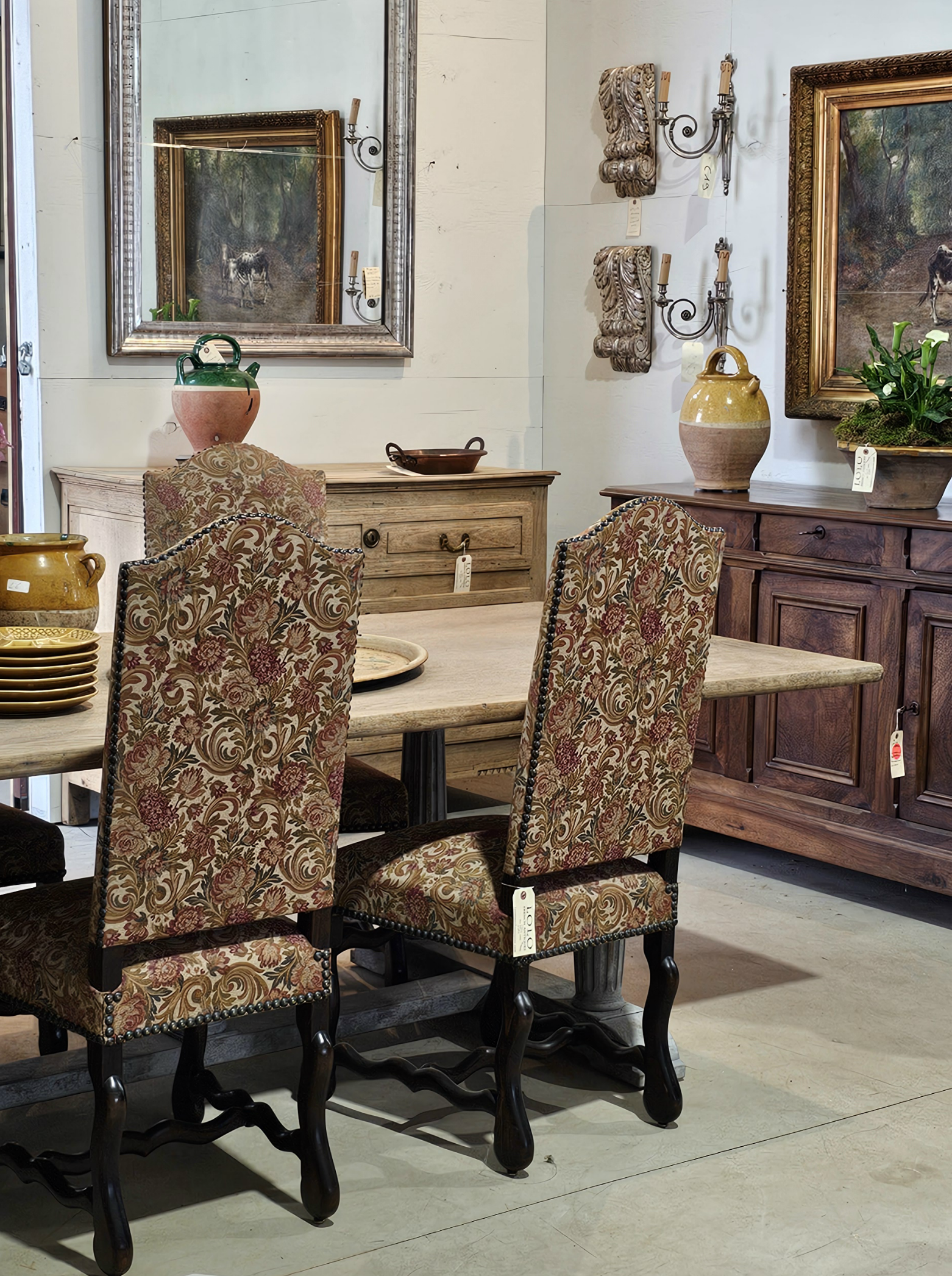
Set of eight 19th century French Louis XIII style os de mouton dining chairs upholstered in a floral damask with high chapeau de gendarme backs and nailhead trim.
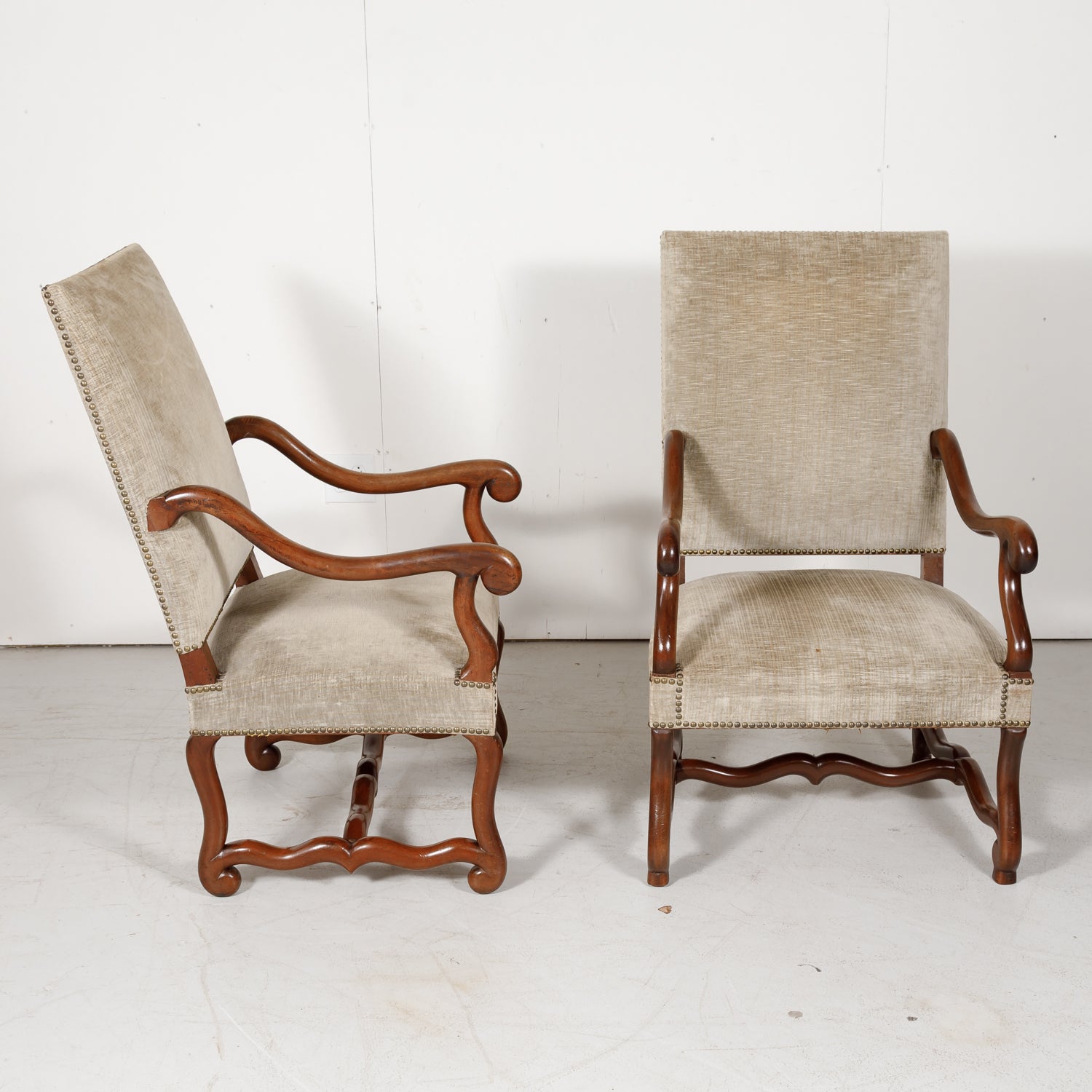
Pair of 19th century French Louis XIII style walnut os de mouton fauteuils upholstered in neutral velvet with scrolled arms and sinuous stretchers.
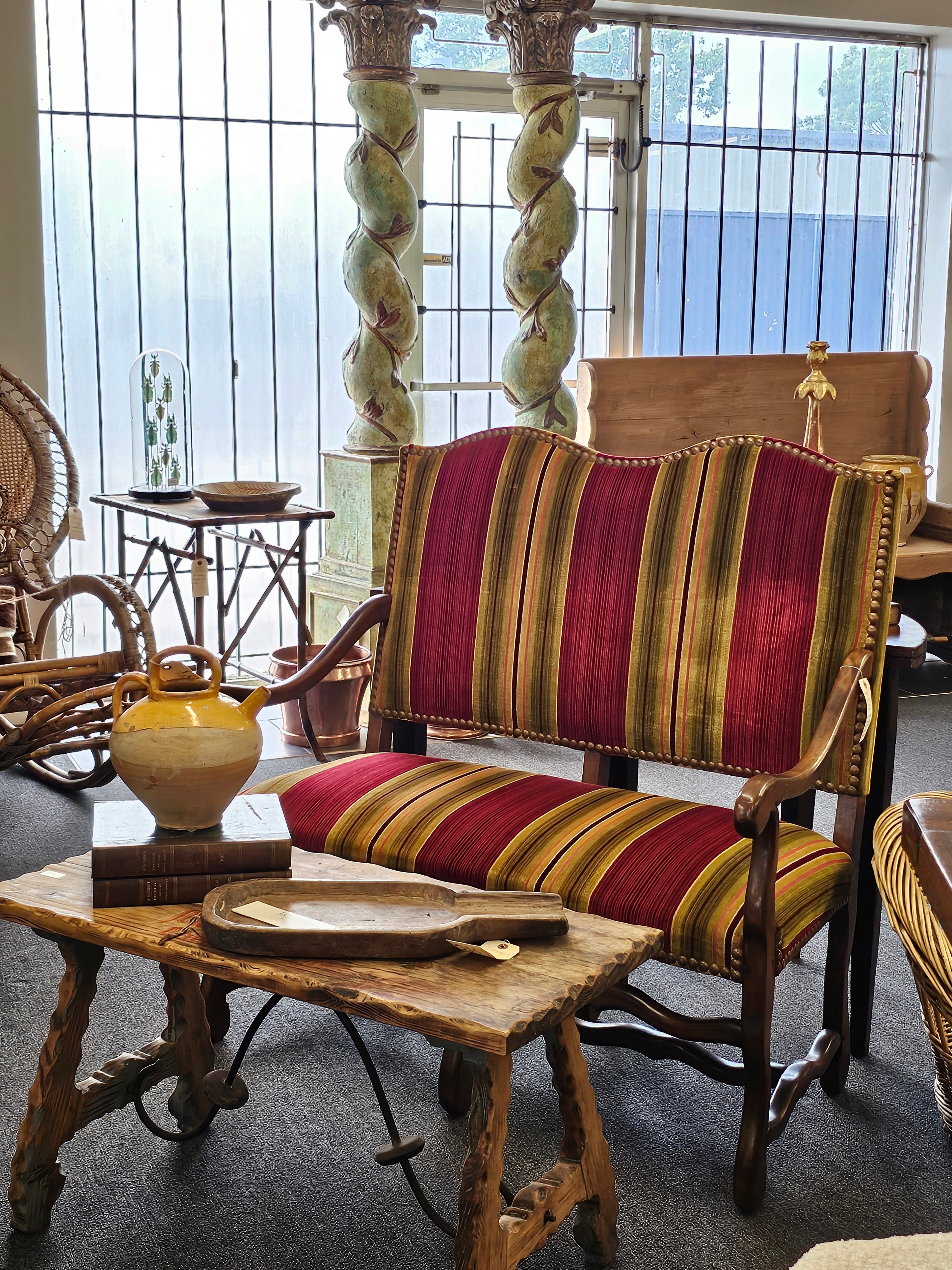
A 19th century French Louis XIII style os de mouton walnut settee upholstered in bold red and green striped velvet, with gracefully curving sheep bone legs and classic nailhead trim.
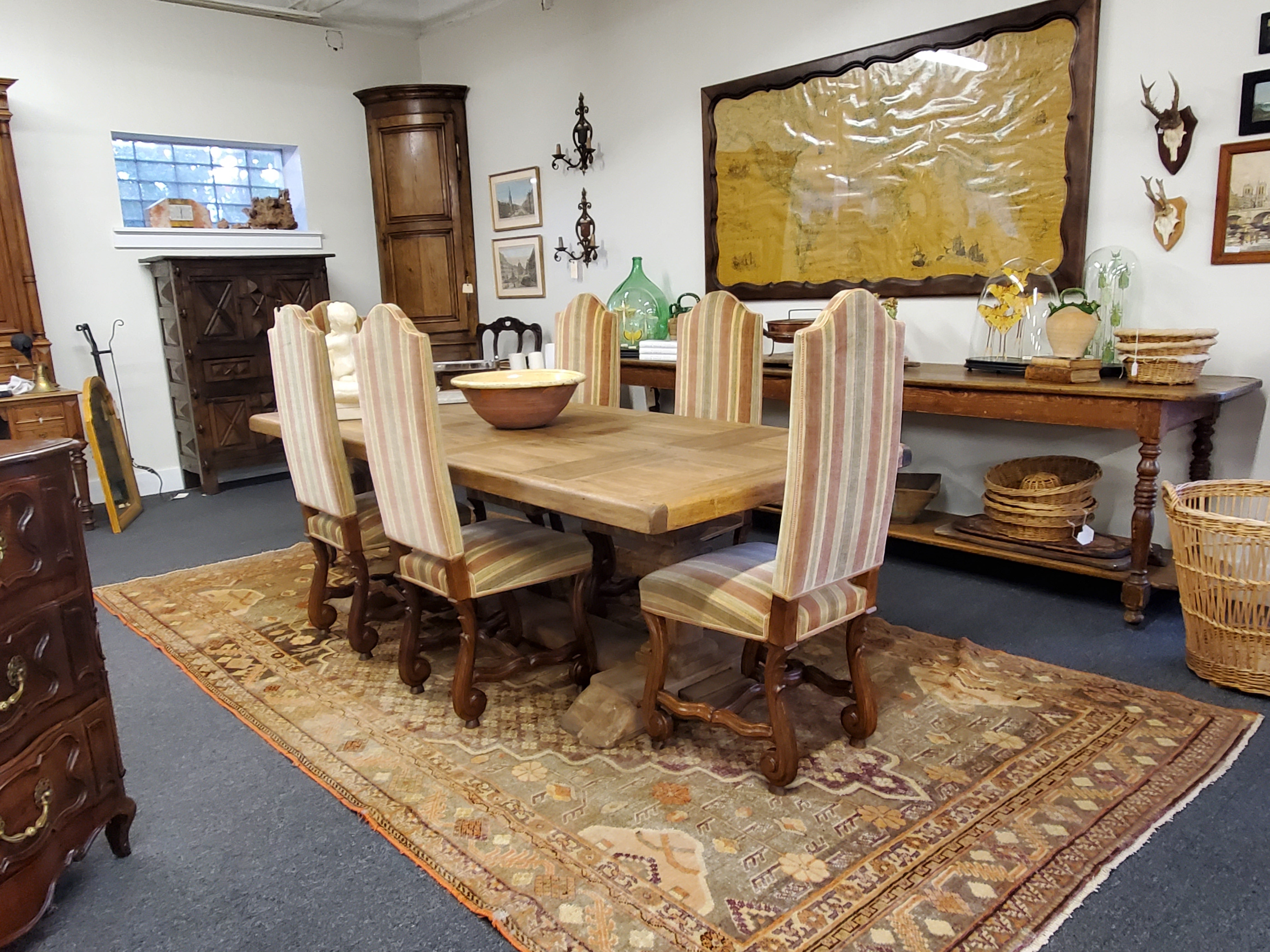
Set of six 19th century French Louis XIII style os de mouton walnut chairs in striped upholstery, perfectly complementing a rustic bleached oak Provençal trestle table..
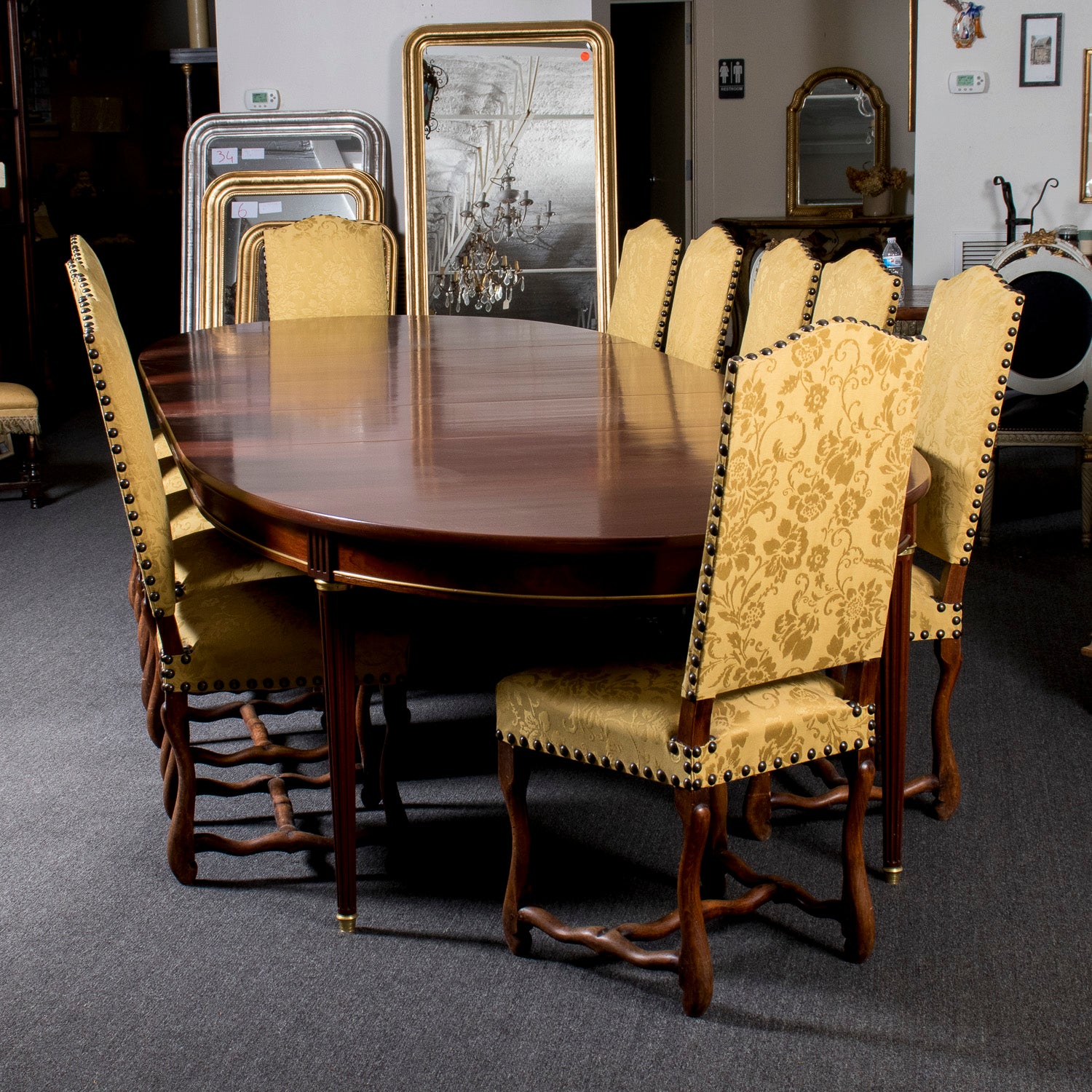
Gold damask grandeur — a regal set of twelve 19th century Louis XIII style os de mouton dining chairs paired with a Louis XVI style polished mahogany oval banquet table for a look both regal and timeless.
Still Baaad to the Bone
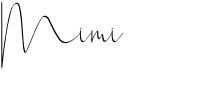

Browse the Full Series
See all Word of the Week posts →
See all Word of the Week posts →

Browse the Full Series
See all Double Vision posts →
See all Double Vision posts →






